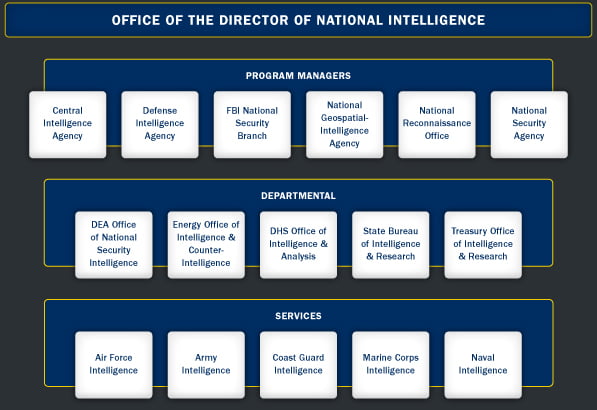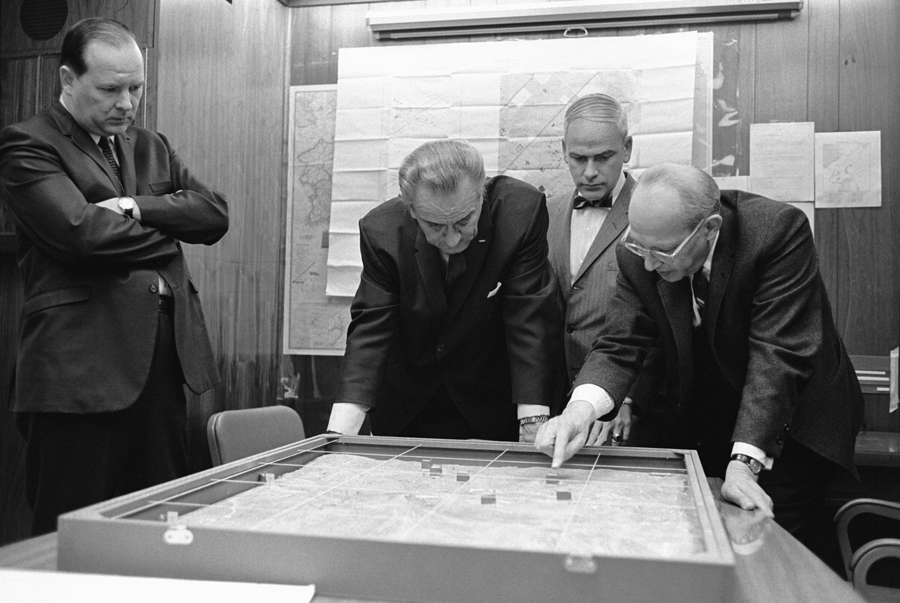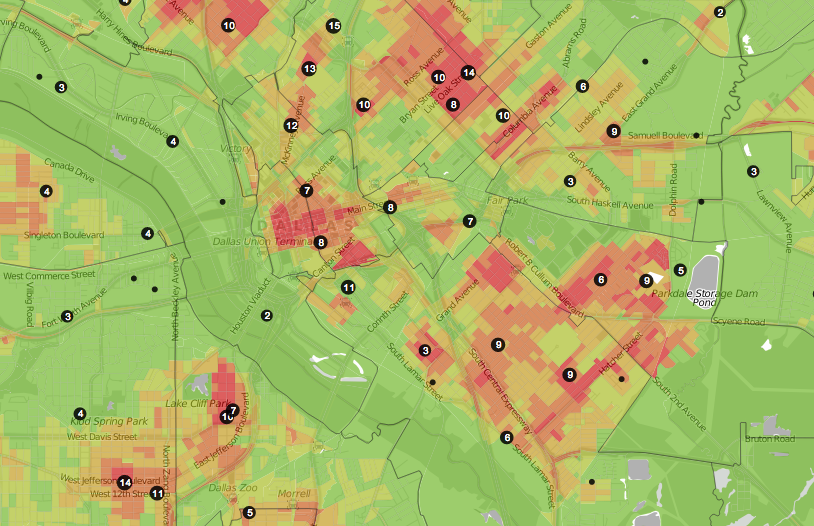U.S. Spies: Understanding the World’s Second Oldest Profession
U.S. Spies: Understanding the World’s Second Oldest Profession
- U.S. Spies: Understanding the World’s Second Oldest Profession
- U.S. Spies: The Intelligence Cycle from Delivery to Consumption
- U.S. Spies: 4 Steps to Collect, Analyze and Make Intelligence Work For You
I’m often asked what I do and I feel obligated to respond, “I could tell you, but then I’d have to kill you.” When people mention intelligence professionals, they always seem to be describing CIA Agents for some reason. However, it just so happens that I carry a silenced weapon with me daily, but only in an expensive, tailored suit while driving my Aston Martin. The list of pop culture references goes on.
Not surprisingly, many people have misunderstandings regarding intelligence organizations or the Intelligence Community (referred to as the “IC”). The purpose of this article is to clarify some of these misconceptions and to briefly discuss what intelligence support at the national and tactical levels entail, by providing a framework of understanding.
The information contained here will by no means be all-encompassing and only scratches the surface of what the IC is capable of. We’ll also discuss operations and the notion of intelligence organizations as a whole without violating any OPSEC.
Intelligence vs. Information
In this article, the terms intelligence and information will be used almost interchangeably, although there’s a critical distinction.
Here’s the critical concept: all intelligence is information, but not all information is intelligence.
Meaning, that if it hasn’t been analyzed, processed, or exploited in some form, information is not intelligence. That’s the function of intelligence organizations — to task, collect, process, exploit and disseminate information that then becomes useful due to its timeliness, accuracy and relevancy to whatever operation it’s in regards to (and is because of this process now deemed classified information).
At the top level of the US intelligence apparatus is the IC. The IC is a massive entity* that comprises all of the national-level, DoD-related and other intelligence organizations that form our nation’s intelligence-sharing community. This would include the CIA, FBI, INR, NRO, NGA, DIA, AFISRA, ONI, USMCIA and many more.
All of these organizations fall under the Office of the Director of National Intelligence, whose responsibility is to coordinate, manage, and oversee the massive tasking, collection, processing, exploitation and ultimately the most important — dissemination of timely, accurate, relevant, analyzed information at the strategic level, also known as intelligence. Chief among the concept of the IC is information sharing. In a post-9/11 world, ensuring that the countless intelligence entities are sharing their information rather than keeping it to themselves is paramount.
Operational Support
Often there is a distinction placed between support entities and operational entities, especially in the military and at the tactical level. The same holds true for the IC and all intelligence organizations. Often intelligence units are considered a separate entity from their operational or policy-making counterparts, much like the legislative branch is separate from the executive branch. There are the decision-makers and agencies that execute the law, and then there are those that support it and create it. Not a perfect comparison, but close enough.
This stems from the concept that intelligence is a support function, one that provides the necessary information to the operations units and decision-makers, who can then execute the appropriate actions to act on the information that the intelligence organizations provide. It is a continuous cycle — policies and operations produce intelligence, which then enables more actionable operations and policies, etc.
At the tactical level, intelligence entities can be embedded in operational units in order to fuse the intelligence capabilities with the needs of their operations counterparts. In the IC, this relationship is defined by using terms such as the “customer”. The IC works to create “products” (exploited and analyzed information that is timely, accurate, relevant, etc) that are provided to various “customers” who need certain information for their work.
At the strategic level, this may be an in-depth report on the intent and structure of a new terrorist organization and the scope of their activity as it pertains to international politics. At the tactical level, this may be a trend analysis of various threats to friendly forces at a FOB in Afghanistan based on the TTPs (tactics, techniques, and procedures) of known insurgents, to include weapons used, possible times for an impending attack, the location and even specific individuals involved.
The Intelligence Community
Intelligence is a very broad but capable function. The support that it provides to operational units is critical and cannot be replaced or performed by any other function. Functionally, it provides national level decision-makers with insight to the thoughts and pending decisions of other world leaders, monitors the enforcement of treaties, provides indications and warnings of pending attacks at the national, operational and tactical levels, offers trend analysis for threat reporting, delivers analysis regarding current events, shapes commanders’ understanding of the environment and environmental effects and ultimately is the enabler that allows operations and missions to be conducted successfully.
Access to the world of the IC is highly restricted and requires a security clearance, a need-to-know and the signing of [multiple] non-disclosure agreements. But once secured, this access is a vast wealth of information that can be tailored to the needs of the customers, and is mission-critical in today’s day and age. Intelligence is the world’s second-oldest profession and for a good reason. It’s a privilege to work with and understand the intelligence function in such a dynamic world.
Footnotes
- *While the concept of information sharing among intelligence entities was full of well intent, an entire book could be written on the bureaucratically ridiculous problems inherent in attempting to facilitate the coordination of terabytes’ worth of daily information exchange between government agencies. This article by Nada Bakos summarizes a recent issue quite well.
Editor-in-Chief’s Note: Please join us in welcoming Oscar M. as a contributor on ITS Tactical. He’s a Junior Active-Duty Intelligence Officer supporting a conventional airborne-capable unit. “My goal is to serve by protecting the US Constitution, keep the bad guys of the world at bay, fighting them when necessary and ensuring that the American people don’t have to.”














Discussion